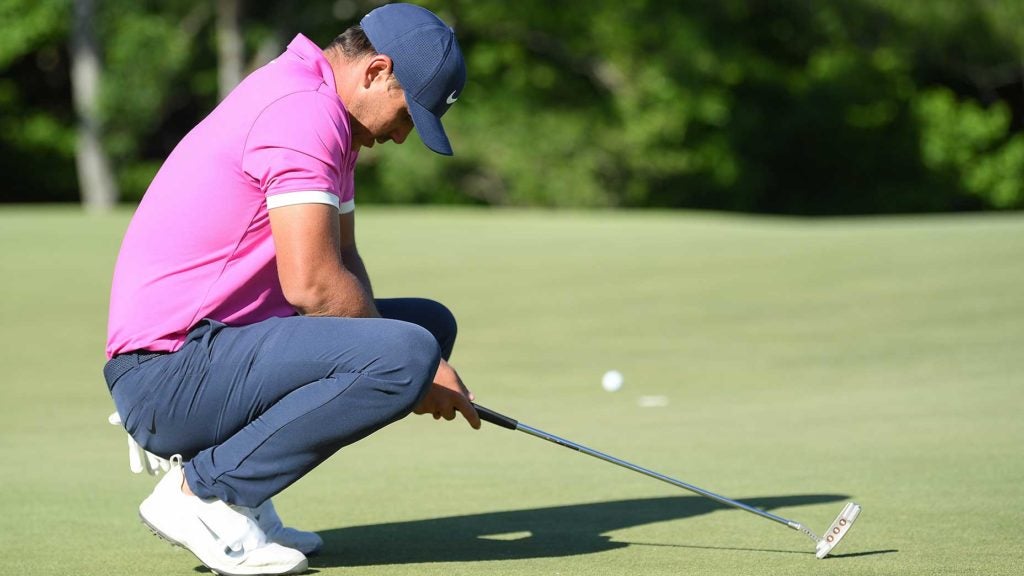In golf, hope springs eternal. With each new season, there’s hope among every golfer for a better swing, a better bag, for finally learning how to hit a power fade, for everything. If you’ve set your sights for this golf season on scoring low, it’s possible you’ve already hit (or are approaching hitting) a brick wall in your goal.
Sure, there are tweaks you can make to all corners of your golf game. You can work on grip, short game, ball-striking or club setup. But even if you improve your game from tee-to-green, that might not be enough to support your quest in reaching a lower score.
Rather, according to a graph made by golf analytics whizzes Lou Stagner and Scott Fawcett, the key to truly “going low” is to laser in on your putting. Stagner and Fawcett analyzed make rates and three-putts by average final score from 2004 to 2020, and their results were staggering.
First, those who are gunning to break 70 will realize a common thread: three-putts were down, while 5-10 foot makes were up. Golfers who shot 70 or better averaged less than half a three-putt per round and made more than half their putts from eight feet and at least 40 percent of their putts from 10 feet.
Among those hoping to go really low? The key is more than bombing drives and drilling closer approaches. According to Stagner and Fawcett’s graph, it’s to start making putts from farther away. Whereas those who shot 76 or worse made a little more than a quarter (28.4 percent) of their 10-foot chances, those who shot 62 or better made nearly 70 percent (!!!) of their 10-footers. Those who shot 63-65 made 60.6 percent.
Moreover, golfers who broke 65 shared another common thread: they hardly ever three-putted. Those who scored lower than 65 had a three-putt average of less than .20, or in other words, a single three-putt every five rounds.
The numbers paint a clear picture. Golfers can get into the 70s by hitting straight drives and crisp irons, but those who want to break into the 60s have to get better on the green. It’s time to get out on the practice green and start rolling more 5-10 footers, your score might depend upon it.
